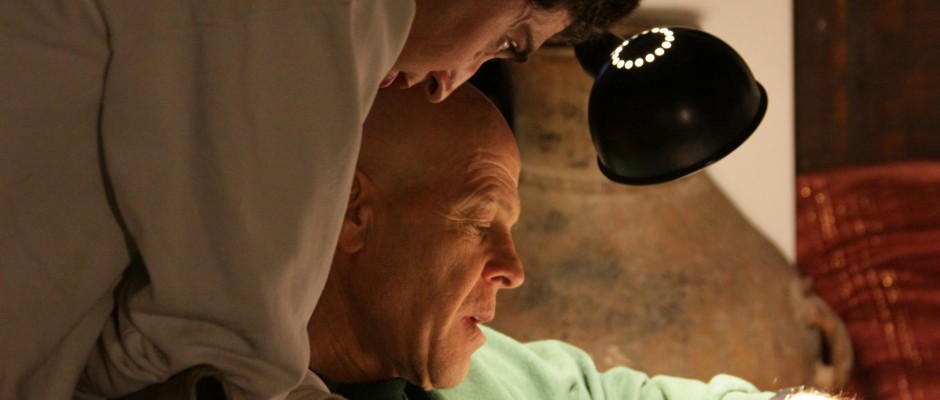Ironically enough we should remind the Jewish religious settlers that their particular creed is not authentically religious as it pretends to be. To consecrate a place incurs keeping a distance from it.
The Sacred, in general, is essentially that which is “set apart and forbidden”. Furthermore, while the holy naturally seems attractive and benevolent, it is also aloof and rejecting. Jews in particular have always adhered to their ambivalence towards a sacred place and have been careful to keep a certain distance from it.
Bridging the gap entails disenchantment with the place. Thus, a sacred place is always “out there”, beyond our grasp, let alone our physical touch. A sacred place, like the sacred in general, is taboo. Hence, the ritual restrictions on entering the Temple, and especially The Holy of Holies (The Temple Mount is haram el sherif for Muslims; Harem means prohibition in Arabic. Note the Hebrew biblical Herem).
Diaspora Jews have for centuries cultivated the sacredness of the Land of Israel while refraining from immigration. To a certain degree, one may speculate, it was this very sanctification which added another layer to the eighty-generations-old Jewish reluctance to “make an aliyah”.
Taken from “Anthropological-Historical Notes on the Israeli Settlements in the Territories: Towards Possible Evacuation”, By Gideon Aran.


